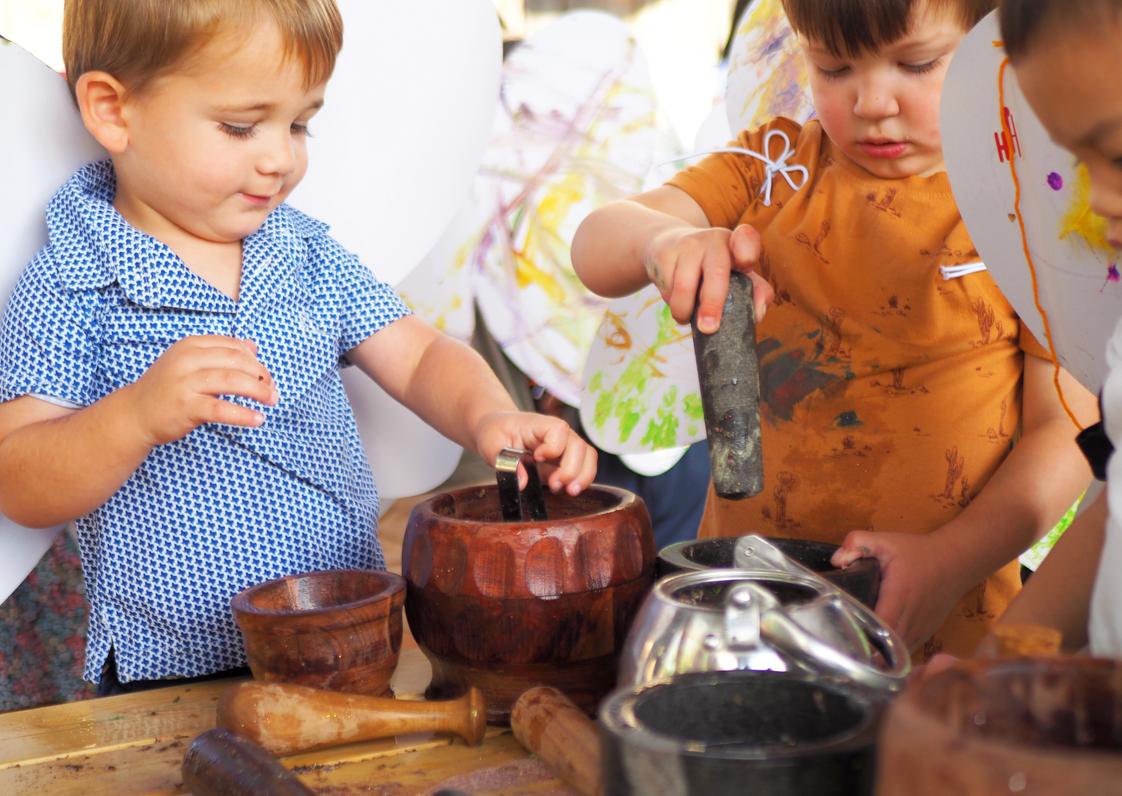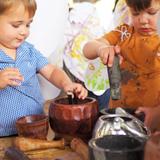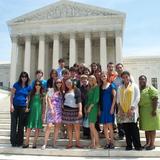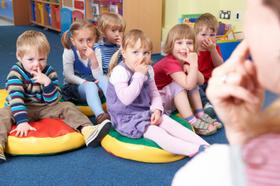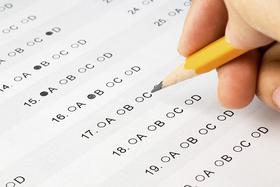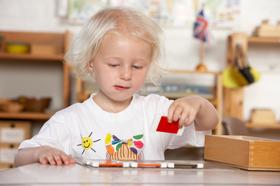The Mays School is a private preschool and elementary school based on the Reggio Emilia Approach and located in Houston, Texas.
Through our unique inquiry-based learning program, we provide high-quality early childhood and elementary education to students between six weeks and 12 years of age.
Quick Facts (2025-26)
- School Type: Waldorf School
- Grades: Nursery/Preschool-5
- Enrollment: 218 students
- Yearly Tuition: $13,000
- Application Deadline: None / Rolling
- Source: Verified school update
School Overview
School Type
Religious Affiliation
Grades Offered
Grades Nursery/Preschool-5
Year Founded
2012
Student Body
Total Students
218 students
Student Body Type
Co-ed
Students by Grade

Academics and Faculty
Total Classroom Teachers
45 teachers
Student-Teacher Ratio
5:1
National avg.: 13:1
% Faculty w/Advanced Degree
45%
Tuition and Acceptance Rate
Admission Deadline
None / Rolling
Yearly Tuition Cost
$13,000
Admissions Director
Jessi Mays
School Notes
- At MAYS, we believe that a well-prepared environment is our students’ “third” teacher, after their parents and our staff. We strive to ensure that our environment is not only pleasing to be in, but thought provoking, interesting, and built with the success of the child in mind. When you walk in our classrooms, they are intended to feel warm and homelike. The teachers are interacting with students and helping them follow their interests, not dictating the classroom or controlling the children during self-directed learning time. We use natural and interesting real-world materials in our classrooms. It is common to see sticks, leaves, wool, fabric, wooden play items, and play silks in all age groups. We fill our classrooms with learning items that can be used for open-ended play and that invite the imagination and awaken the mind. We take great pride in providing well-crafted and pleasing play materials for our students. We also enjoy adding “loose part” play in our classrooms—these items are typically collected over many years and are normally recycled from the world around us. For example, we may collect tops from water bottles to use as counters, in sorting activities, and to build with. The children may imagine these same tops as people, pets, currency, beautify stones to collect, or treasure to find. We do not use toys that are electronic or require batteries in our classrooms. Our classrooms have several discovery areas that change each month based on the discovery topic and the students’ interests. Our discovery areas include science exploration, dramatic play, building and construction, art and creativity, and sensory play. The students are able to move freely from one area to another and stay in each area for extended periods of time, if desired. Documentation is critical in a Reggio Emilia Approach-based environment, and very visible in our classrooms. We document student learning by posting pictures on the classroom wall next to their projects and work, sending home daily tidbits of information through the Tadpoles system, and writing assessments of the children’s progress in all areas of development—social, emotional, physical, and cognitive. Our classrooms are designed for students to be able to freely access their own belongings and the classroom equipment. We thoughtfully arrange books, materials, and toys in a way that allows students to instantly know where to access them, and we stock classrooms with plenty of each item to prevent conflict and competition. We strive for our classrooms to support the individual needs of the students in a thoughtful and stimulating environment. Each child has their own cubby area for their belongings, as well as a safe place to store work that is still in progress. Some students work on projects for several days or even weeks before they declare it finished! Each classroom has a special area for group meetings and story time; we feel these areas encourage a valuable sense of community among children. This space in an area in which all of the children are able to sit and clearly see their friends and teachers. We have over 20,000 square feet of outdoor space at our school. Children typically spend two to four hours outside each day—learning, reading, working on fine and gross motor skills, or simply playing with friends. We also have specialized sensory play areas with sensory tables set up for full-class explorations. Each week, our curriculum coordinator sets up new discoveries in our sensory tables using sand, water, rice, beans, cotton fluffs, paint, clay, oatmeal, flour, fresh flowers, fresh herbs from the garden, and even Jell-O and shaving cream! The Mays School is also a certified Nature Explore classroom. The Nature Explore program is a national initiative that recognizes schools and other organizations that have made a commitment to providing outdoor classrooms and comprehensive programming to help children use the natural world as an integral part of learning. We see the Nature Explore program as an extension of our Reggio Emilia Approach principles. Our school library is stocked with books and other reading materials for all ages, and is updated throughout the year with topical and seasonal selections. Our indoor and outdoor art studios are also available for students to use each day. These are areas for open creation and the exploration of art materials. Each week the studios are filled with a variety of materials including paint, markers, crayons, chalk, pastels, watercolors, and graphite. Students are welcome to explore and utilize the materials to fully embrace their creative potential. Our students also have access to an indoor sensory gym where they can relax, regulate, and play.
Source: Verified school update
Frequently Asked Questions
How much does The Mays School cost?
The Mays School's tuition is approximately $13,000 for private students.
When is the application deadline for The Mays School?
The application deadline for The Mays School is rolling (applications are reviewed as they are received year-round).
School Reviews
Endorse The Mays School. Endorsements should be a few sentences in length. Please include any comments on:
- Quality of academic programs, teachers, and facilities
- Availability of music, art, sports and other extracurricular activities
- Academic or athletic awards
Recent Articles
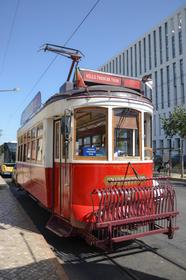
Understanding Private School Tuition in 2025
Explore updated private school tuition trends, costs, policy shifts, and financial planning insights for 2025 families considering private education.
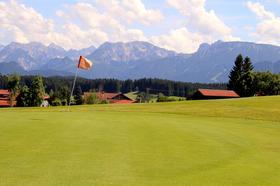
Private School Curriculum in 2025: Key Courses and Trends
Explore what private schools are teaching in 2025, from core subjects and AI to global studies and tuition trends shaping private education today.
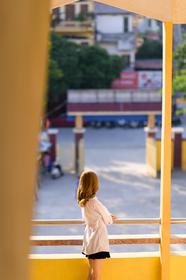
Sliding-Scale & Income-Based Tuition Models for Private Schools
Learn how sliding-scale and income-based tuition models work and whether they are right for your family. Compare costs, eligibility, and school options.

